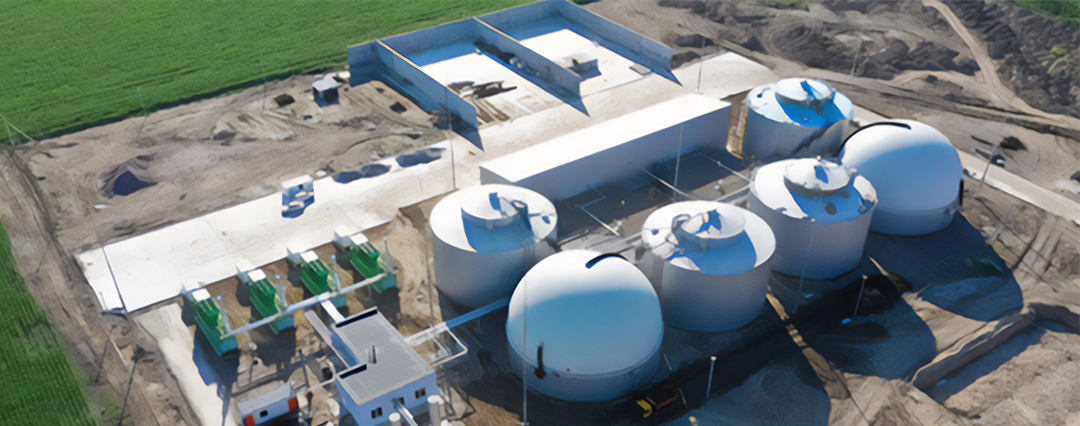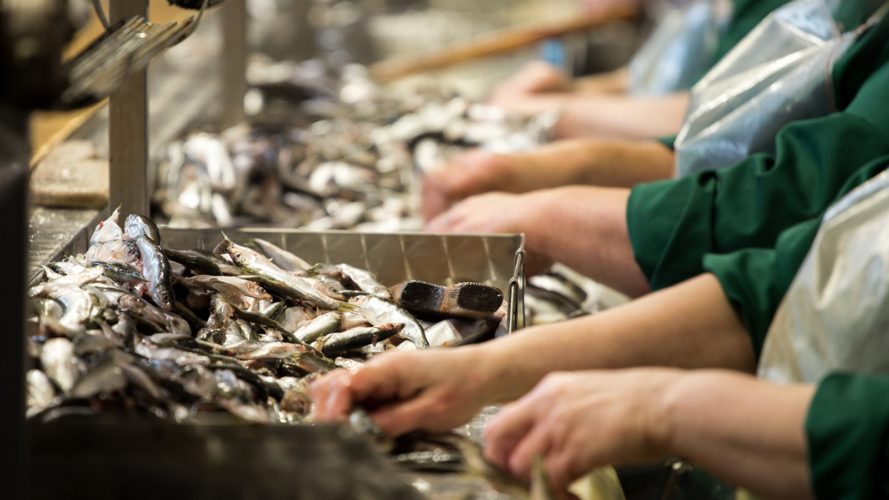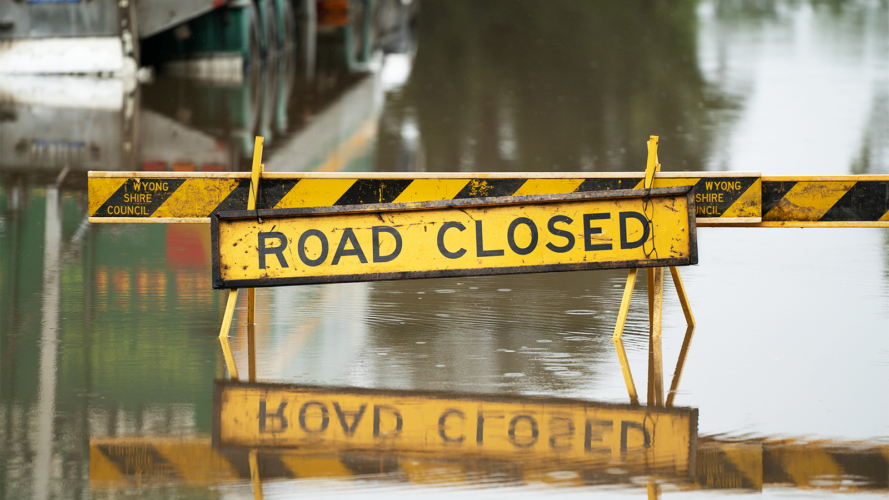
Navigating Decarbonisation
July 16, 2024
Understanding your carbon emissions and their most significant sources allows you to make informed decisions, allocate resources and future-proof your operation. At Cress, we help our clients undertake this process.
A pathway to decarbonisation in the water sector
The water sector faces increasing challenges due to rising demand, energy price volatility, and climate-induced water shortages. However, this challenge also presents an opportunity for the sector to lead in climate action and address the interlinkages between cutting emissions, reducing waste and energy consumption.

Internationally, the water sector is undertaking various innovative approaches:
- implementing circular design and consumption practices,
- generating or purchasing renewable energy,
- deploying digital optimisation and high-efficiency technologies,
- recovering ammonia and methane,
- utilising biosolids for energy generation
- harnessing biogas and biomethane.
While working towards decarbonisation is a key priority, its essential to balance these efforts with other industry-specific challenges such as water scarcity and climate adaptation, based on the materiality of these issues to your organisation.
The key first step in determining a suitable approach to decarbonisation involves thoroughly understanding your current footprint and establishing a baseline that considers past efforts and successes to date. This analysis, combined with identifying industry best practices, provides the foundation for developing a strategy tailored to your organisation’s context, needs and priorities. A robust roadmap with time-bound objectives will then allow for ongoing measurement and communication of your performance, ensuring accountability and continual progress.
Engaging suppliers to foster impact – A case study
As a sustainability driven organisation, Hydroflux offers carbon neutral certified products and services and has established an emissions reduction strategy with practical actions. However, the company faces a significant challenge: nearly 90% of its total footprint lies within its supply chain. This means Hydroflux’ s ability to influence carbon emissions is somewhat limited, as the majority of attributable processes are outside its direct operational control.

To help tackle this challenge and advance its strategic goals, Cress supported Hydroflux in engaging key local suppliers. Through a formal presentation, we highlighted the group’s footprint and commitment to carbon neutrality, advocating for a collaborative approach to decarbonisation. This engagement provided Hydroflux with valuable insight into the meaningful actions being taken by its suppliers, including renewable electricity, EVs, recycling initiatives and repurposing materials and packaging with local preschools and the community. Moving forward, Hydroflux will continue engaging key stakeholders while focusing on product development, improvement, and innovation.
Understanding and managing your carbon emissions is fundamental to creating a sustainable future. At Cress, we are committed to helping our clients across all sectors navigate this journey, ensuring they are well-equipped to meet the challenges and seize the opportunities of a decarbonised world.
Get in touch with one of our team to learn more.


